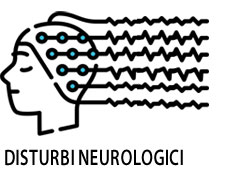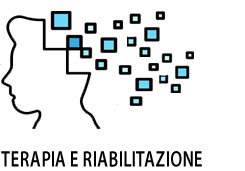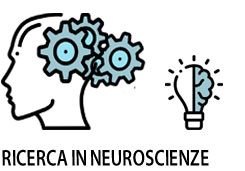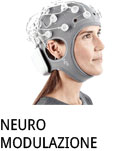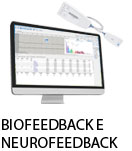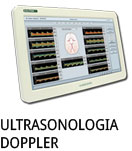- +39 011 5821948
- info@geasoluzioni.it
- Lun - Ven 8:00 - 17:00
Effects of anodal transcranial direct current stimulation over lower limb primary motor cortex on motor learning in healthy individuals
- Abstract:
- Transcranial direct current stimulation (tDCS) is a neuromodulatory technique which alters motor functions in healthy humans and in neurological patients. Most studies so far investigated the effects of tDCS on mechanisms underlying improvements in upper limb performance. To investigate the effect of anodal tDCS over the lower limb motor cortex (M1) on lower limb motor learning in healthy volunteers, we conducted a randomized, single‐blind and sham‐controlled study. Thirty‐three (25.81 ± 3.85, 14 female) volunteers were included, and received anodal or sham tDCS over the left M1 (M1‐tDCS); 0.0625 mA/cm2 anodal tDCS was applied for 15 min during performance of a visuo‐motor task (VMT) with the right leg. Motor learning was monitored for performance speed and accuracy based on electromyographic recordings. We also investigated the influence of electrode size and baseline responsivity to transcranial magnetic stimulation (TMS) on the stimulation effects. Relative to baseline measures, only M1‐tDCS applied with small electrodes and in volunteers with high baseline sensitivity to TMS significantly improved VMT performance. The computational analysis showed that the small anode was more specific to the targeted leg motor cortex volume when compared to the large anode. We conclude that anodal M1‐tDCS modulates VMT performance in healthy subjects. As these effects critically depend on sensitivity to TMS and electrode size, future studies should investigate the effects of intensified tDCS and/or model‐based different electrode positions in low‐sensitivity TMS individuals.
- Patologie/Applicazioni:
- Anno:
- 2018
- Tipo di pubblicazione:
- Articolo
- Parola chiave:
- stimolazione elettrica transcranica; neuromodulazione
- Testata scientifica:
- European Journal of Neuroscience
- Nota:
- Questo lavoro si propone di valutare l'effetto della tDCS anodica erogata sulla corteccia motoria primaria (M1) tramite la valutazione dell'apprendimento motorio degli arti inferiori in soggetti sani. L'effetto viene valutato tramite esercizi visivo-motori (VMT) per la gamba destra. Si prende in considerazione anche la dimensione degli elettrodi utilizzati e la sensibilità alla TMS. I risultati concludono che la tDCS effettuata su M1 modula la performance VMT in soggetti sani, soprattutto utilizzando elettrodi di dimensioni ridotte.
- DOI:
- 10.1111/ejn.13866
Hits: 2063
La nostra storia
GEA soluzioni si affaccia nel 2013 al mercato della strumentazione medicale di alto livello tecnologico ma la sua storia parte da più lontano, clicca qui per approfondire.
GEA SOLUZIONI SRL
via Spalato 72/A, Torino
Tel.: 011 5821948 / 011 4463853
Fax: 011 0433281
Email: info @ geasoluzioni.it
P. IVA IT11696920013
REA TO1233648

